The Artistic Essence of Film
Exploring Movie Making and Short Films
Movie making has captivated audiences for generations, blending creativity, storytelling, and technology into a powerful medium of expression. Both feature-length films and short films serve as unique canvases for artistic vision, each contributing to the evolution of cinema as an art form. This post examines the key elements that define movie making, emphasizing the craftsmanship and innovation behind both formats.

The Heart of Cinema Storytelling as the Foundation
At the core of every film lies storytelling—a timeless craft that has brought people together for millennia. Screenwriters weave plots, develop characters, and build dialogue to create narratives that resonate universally. Whether it’s an epic saga or an intimate exploration of human emotion, storytelling is what transforms movies into enduring works of art.
Cinema takes storytelling to another level by combining it with visual and auditory elements. Directors bring written narratives to life, shaping them into emotionally gripping journeys that leave lasting impressions. The art of storytelling forms the foundation upon which all other aspects of movie making are built.
Visual Artistry Crafting Cinematic Beauty
Movie making is inherently a visual art. Cinematography, set design, and lighting work together to create an aesthetic that enhances the narrative. Cinematographers manipulate camera angles, lighting techniques, and composition to capture the director’s vision. Each frame is meticulously designed to evoke emotions, convey symbolism, and immerse the audience.
The visual mastery of films is akin to painting with light and motion, where every shot tells its own story. From vibrant color palettes to subtle textures, every detail contributes to the film’s artistic impact.
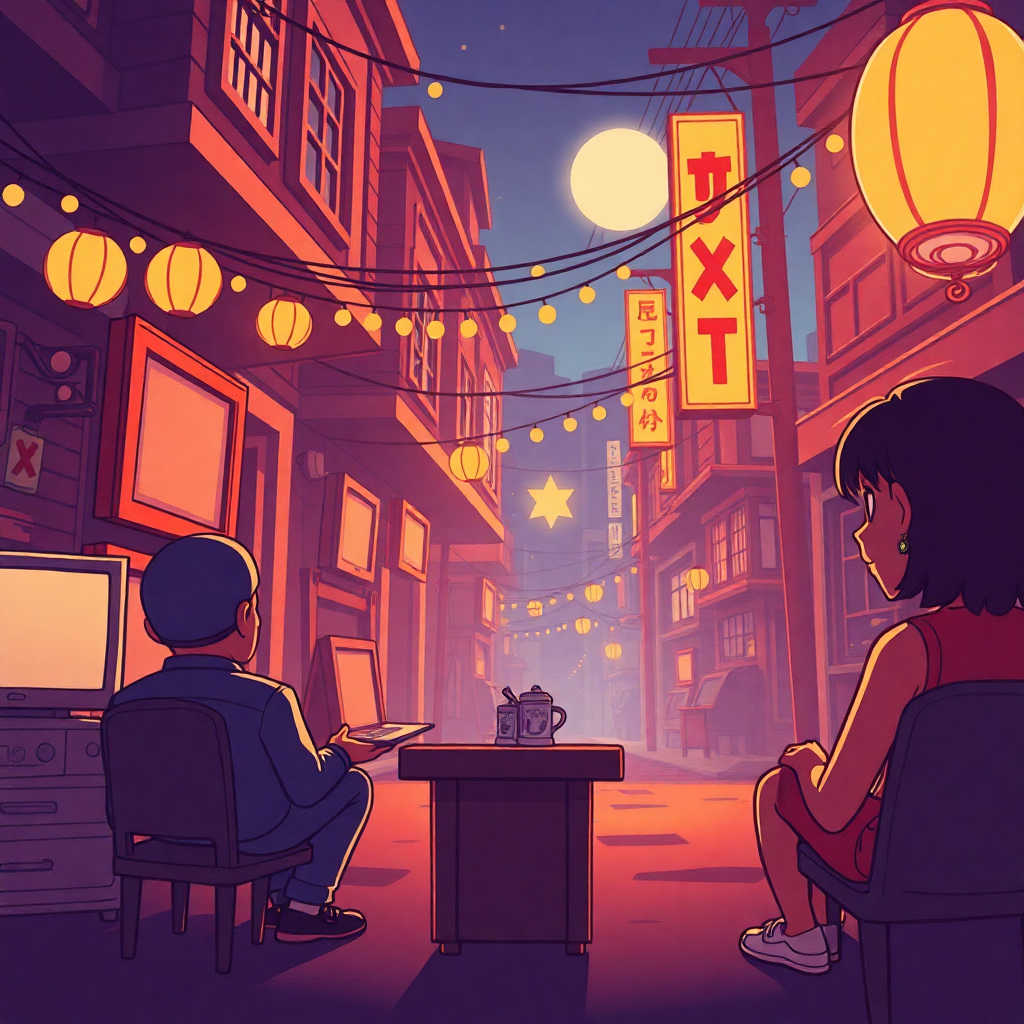
The Role of Short Films in Cinema
Short films hold a unique place in the world of movie making. These concise creations challenge filmmakers to tell compelling stories within limited runtimes, often relying on symbolism and visual cues rather than extensive dialogue. The format encourages experimentation, allowing creators to explore unconventional themes and styles.
Short films are also accessible for emerging filmmakers, offering a platform to showcase talent and innovation. Many acclaimed directors began their careers by crafting impactful short films, proving the format’s significance in the cinematic arts.
Emotion and Connection The Power of Film to Inspire
Movies possess a remarkable ability to inspire audiences and evoke emotions. Through storytelling, performances, and visual artistry, filmmakers connect deeply with viewers, addressing universal themes and experiences. Whether it’s joy, sorrow, or curiosity, films leave lasting emotional imprints that often resonate with audiences long after the credits roll.
Cinematic Genres An Artistic Palette
One of the defining features of movie making is its versatility across genres. From drama to science fiction, horror to comedy, each genre offers filmmakers unique opportunities for creative exploration. Directors and writers can blend genres to create fresh, innovative narratives that defy traditional boundaries, showcasing the adaptability of cinema as an artistic medium.
Historical Evolution How Cinema Became Art
The journey of cinema as an art form began over a century ago with the silent films of the early 20th century. Technological advancements such as synchronized sound, color film, and computer-generated imagery (CGI) transformed movies from simple visual entertainment into powerful storytelling mediums. Today, filmmakers continue to push the boundaries of what cinema can achieve, embracing both traditional techniques and modern innovations.
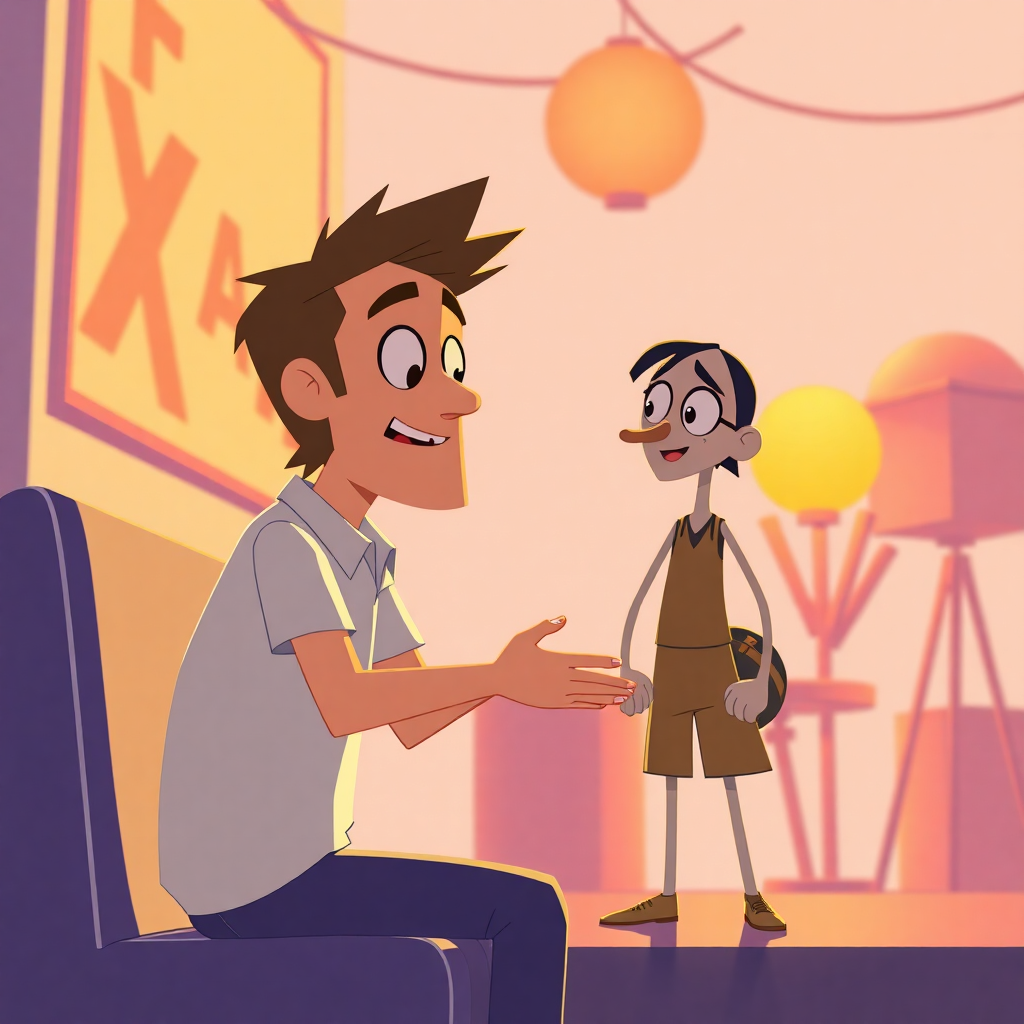
Innovation in Technology Expanding Creative Possibilities
Advancements in technology have revolutionized movie making, offering new tools for artistic expression. From computer-generated imagery (CGI) to virtual reality, filmmakers now have endless possibilities for creating immersive experiences. Technology enables filmmakers to push the boundaries of storytelling, bringing imagination to life in ways once thought impossible.
In addition to enhancing creativity, technology democratizes filmmaking by providing access to affordable tools and platforms. This has allowed creators from diverse backgrounds to contribute their voices to the art of cinema.
Conclusion
A Celebration of Cinematic Creativity
Both movie making and short films exemplify the transformative power of art. Feature-length films captivate with expansive narratives and world-building, while short films demonstrate the beauty of brevity and innovation. Together, they showcase the boundless potential of cinema to inspire, challenge, and connect us.
By appreciating the craftsmanship, vision, and passion that go into every frame, we celebrate the essence of film as a true art form.

Join the Discussion
What do you think about the artistry of movie making and short films? Do you find short films to be just as impactful as feature-length movies, or do you feel they offer something entirely unique?
#FilmArt #CinemaCreativity #ShortFilmMagic #MovieMaking #CinematicExpression #VisualStorytelling #IndieFilms #ArtOfCinema #FilmInspiration #FilmmakersLife #MovieProduction #CinematicMasterpiece #ExperimentalCinema #FilmCraft #StorytellingThroughFilm #ShortFilmLove #CreativeFilmmaking #CinemaEvolution #EmotionOnScreen #FilmAsArt #IndieFilmmaking #MovieMagic #CinematicBeauty #ArtisticCinema #FilmInnovation #ShortFilmCreators #FilmCommunity #DirectorVision #FilmmakingJourney #ThePowerOfFilm
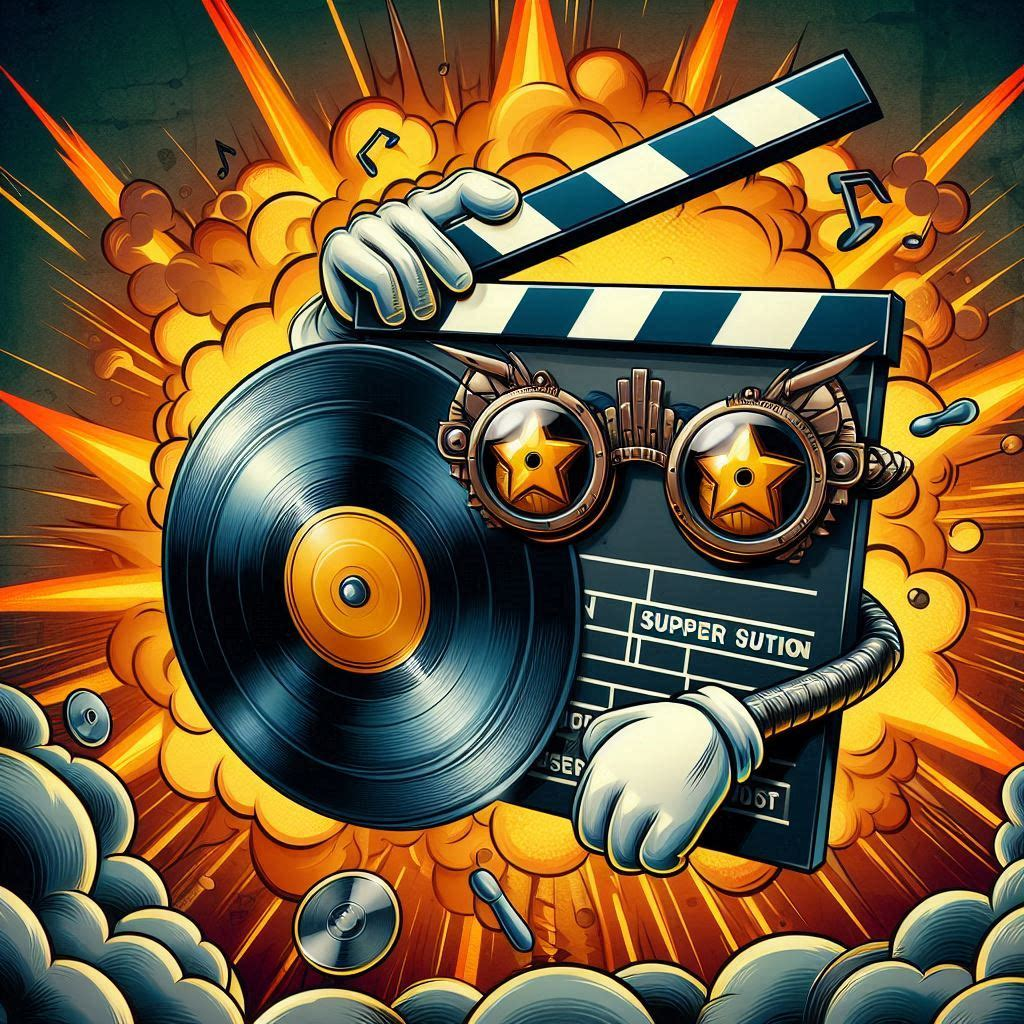
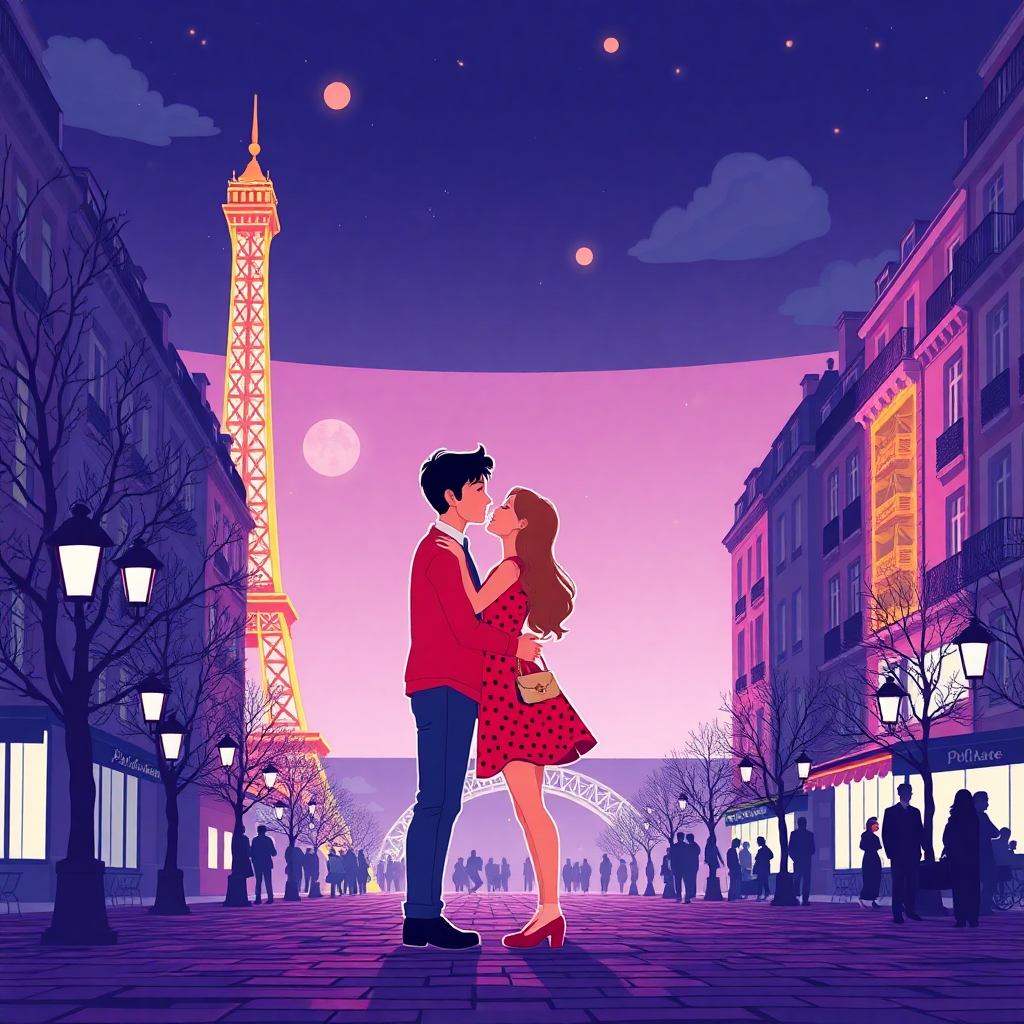
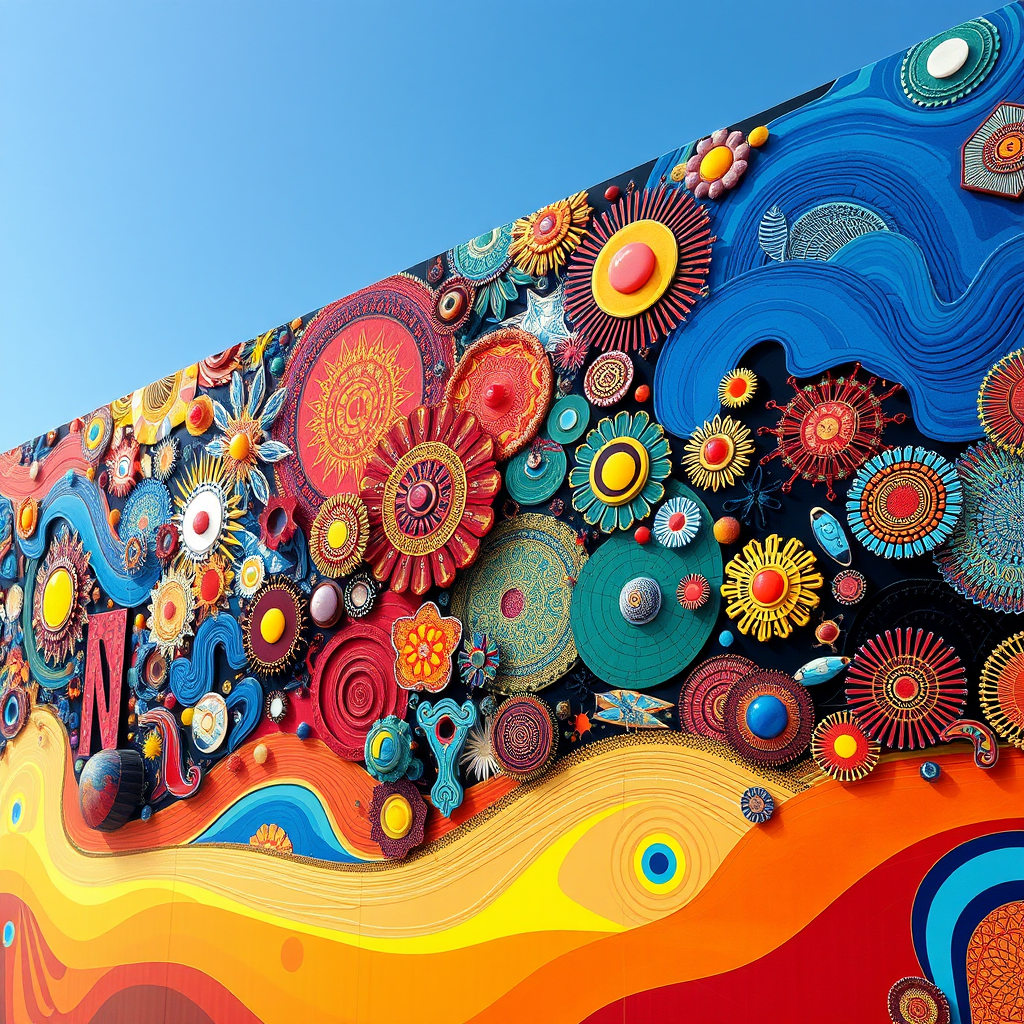


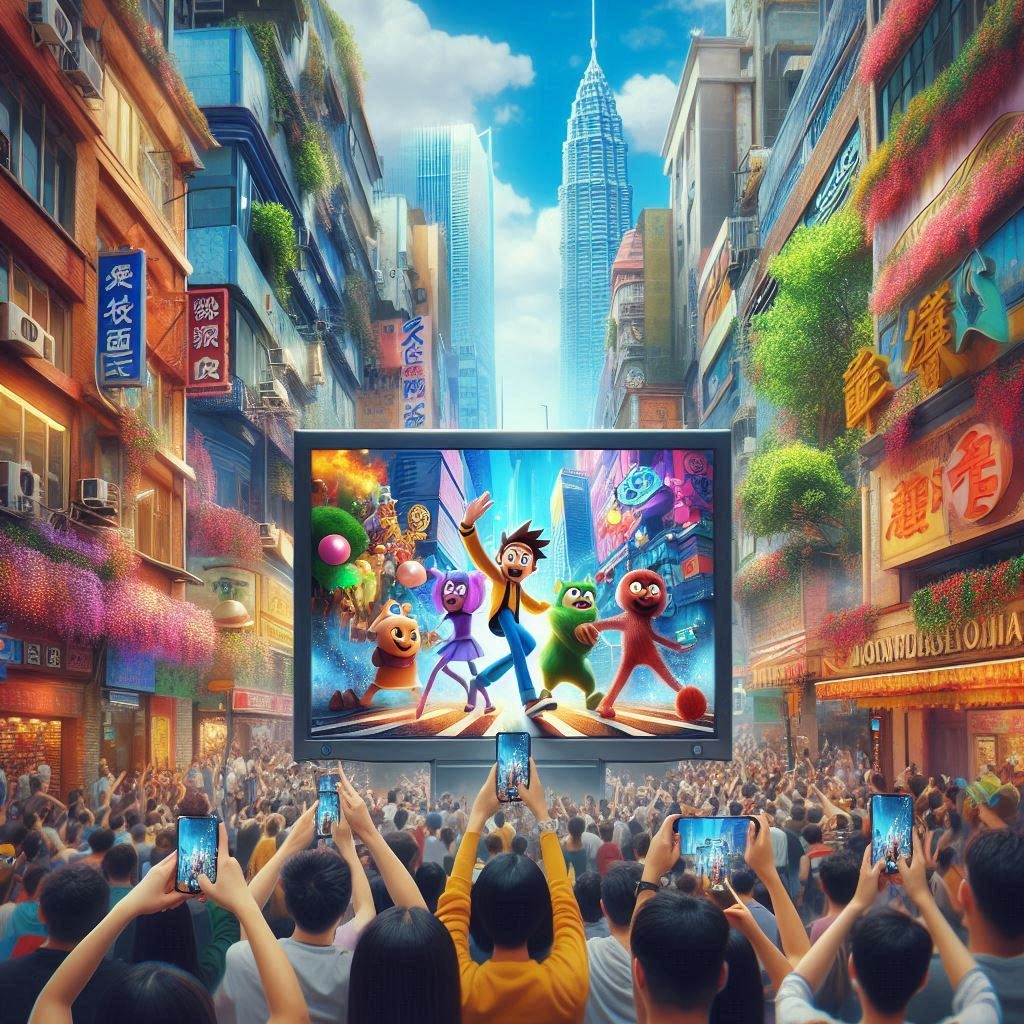
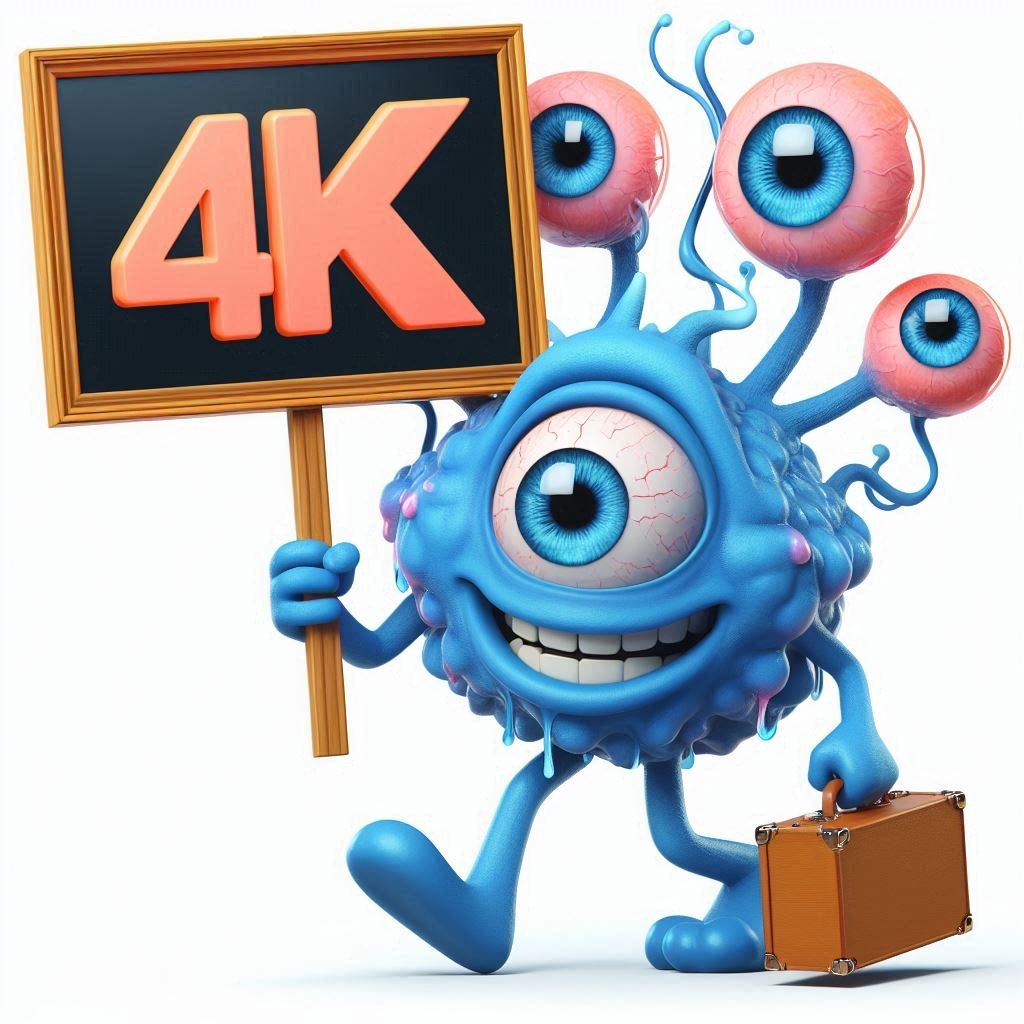
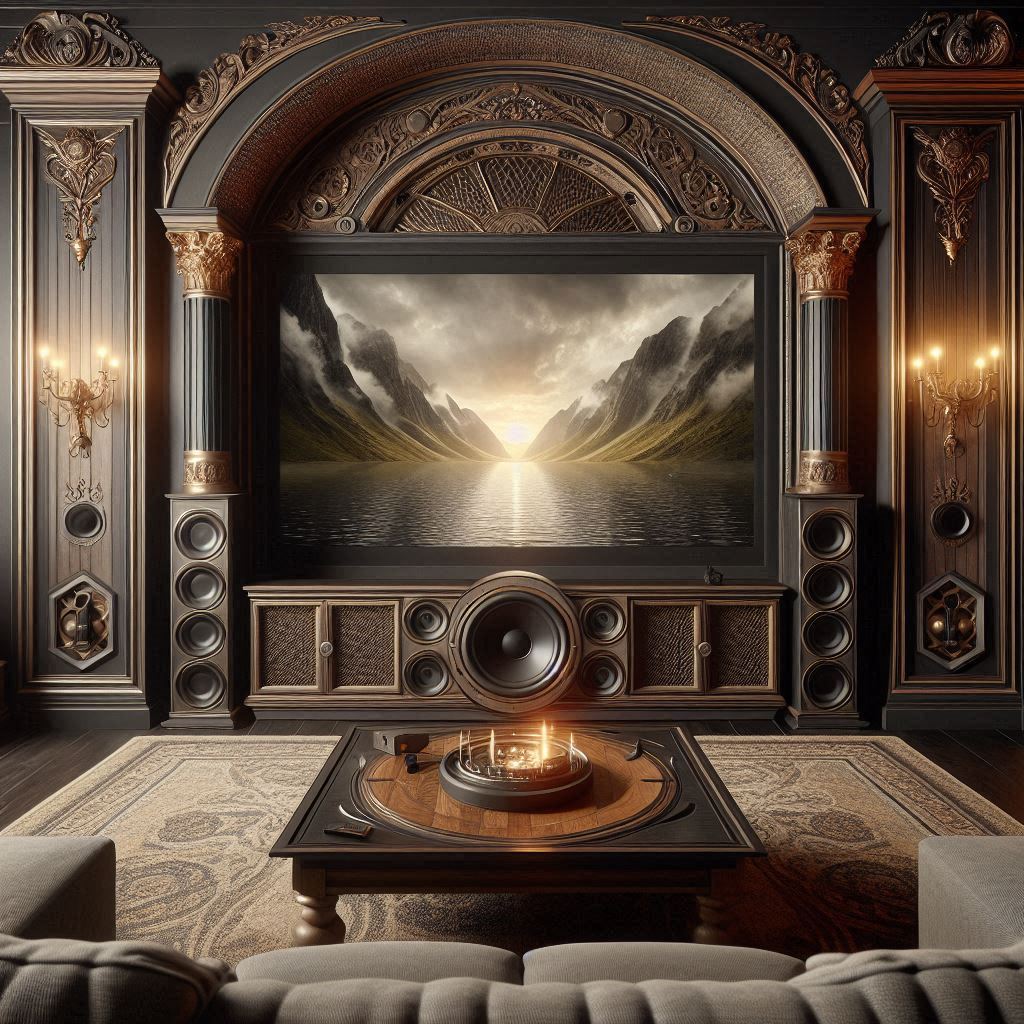
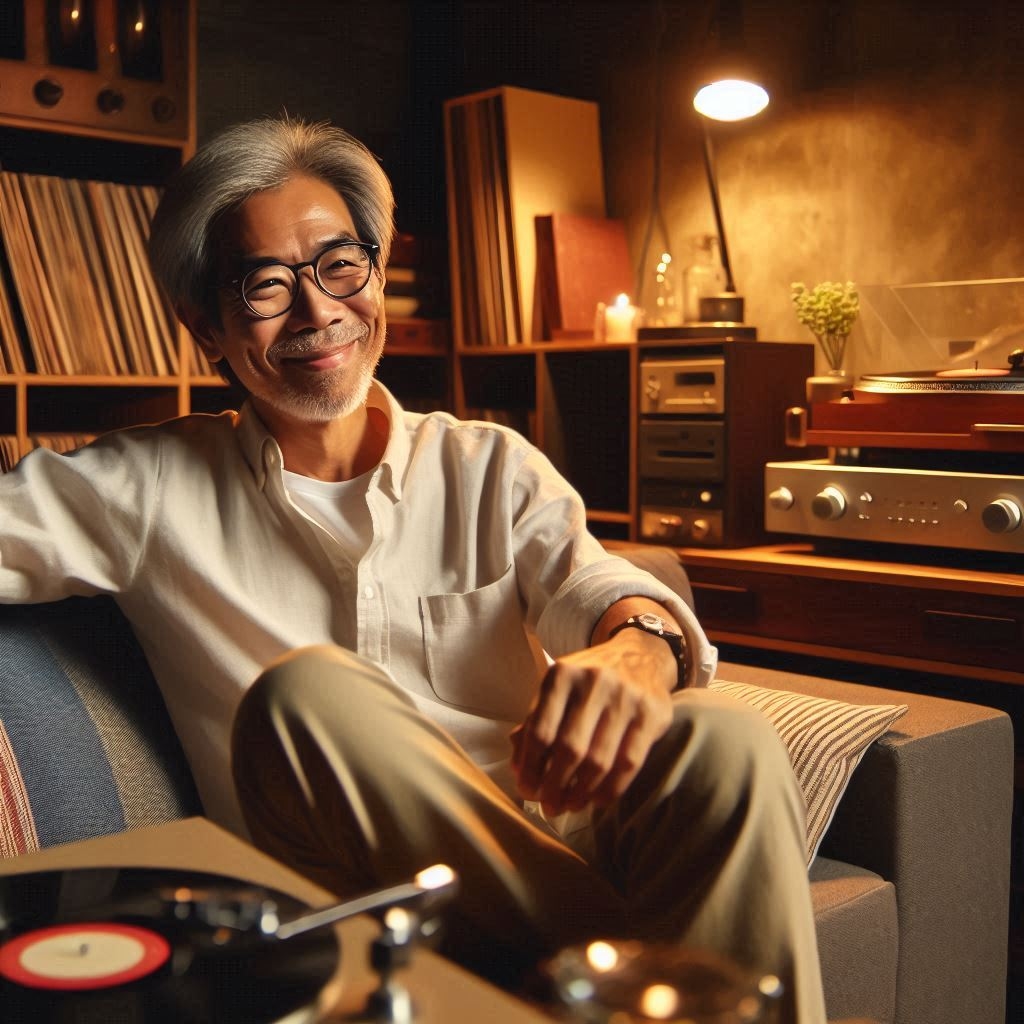
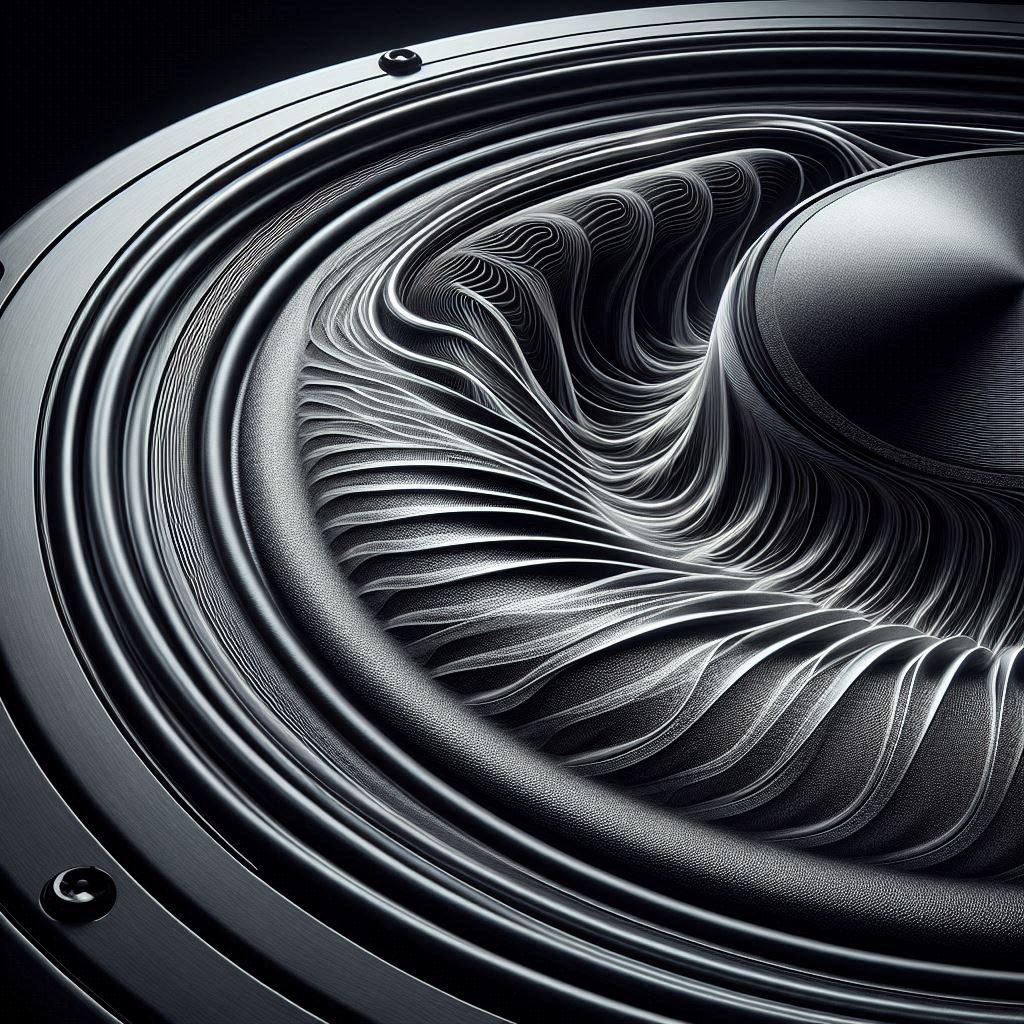
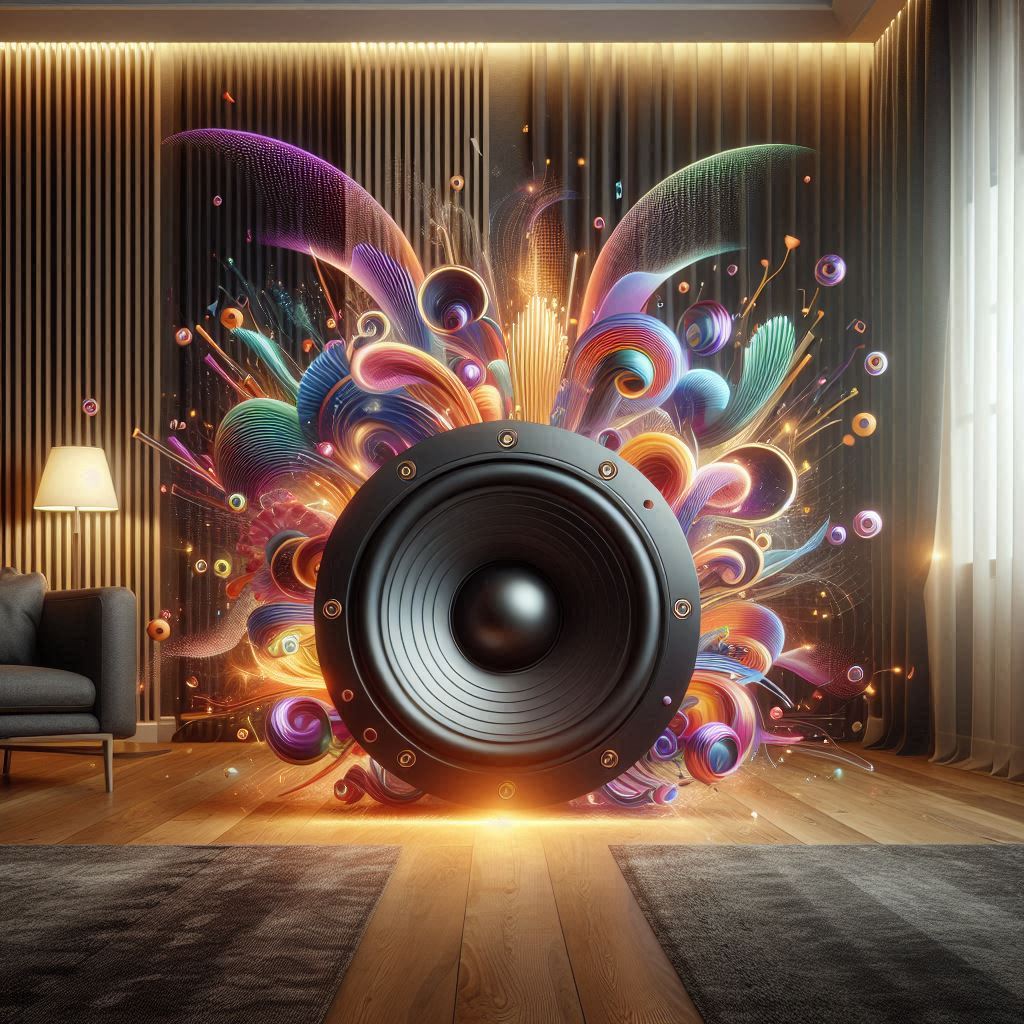
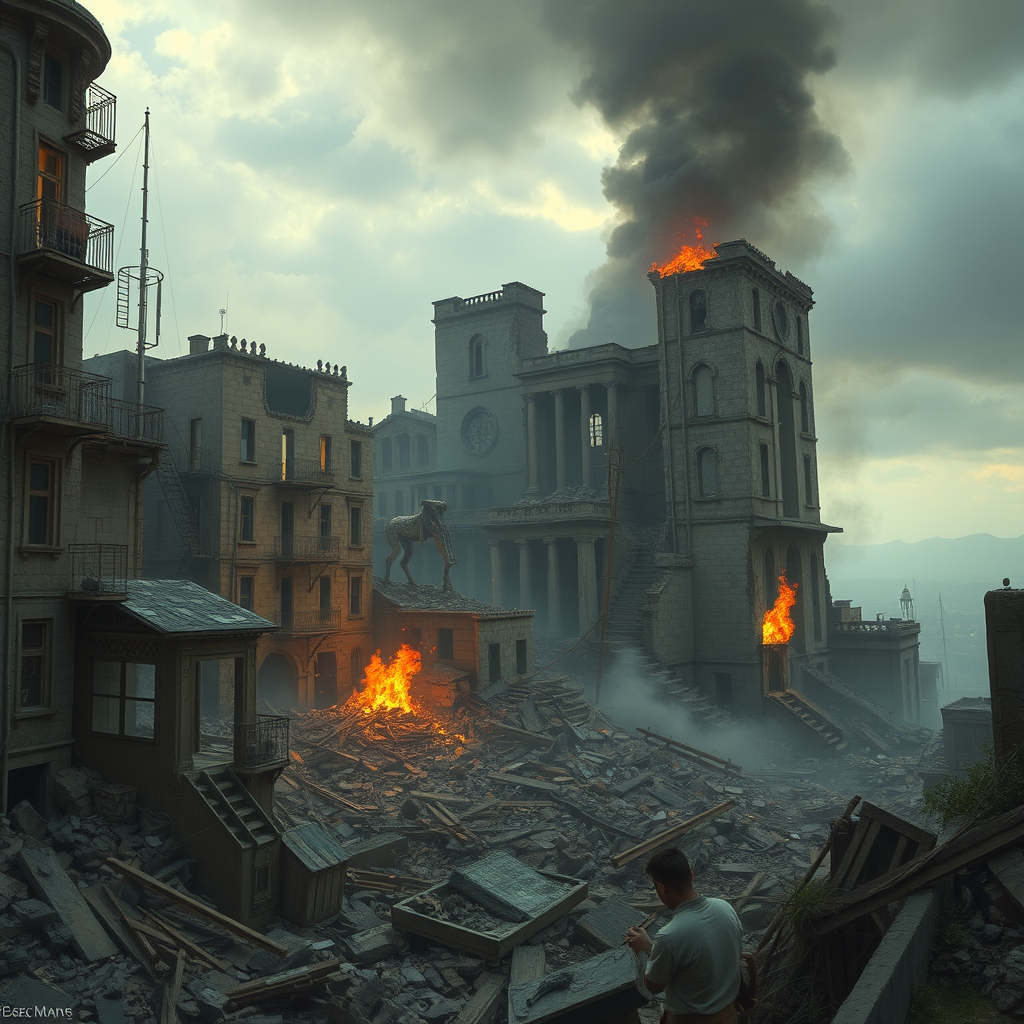

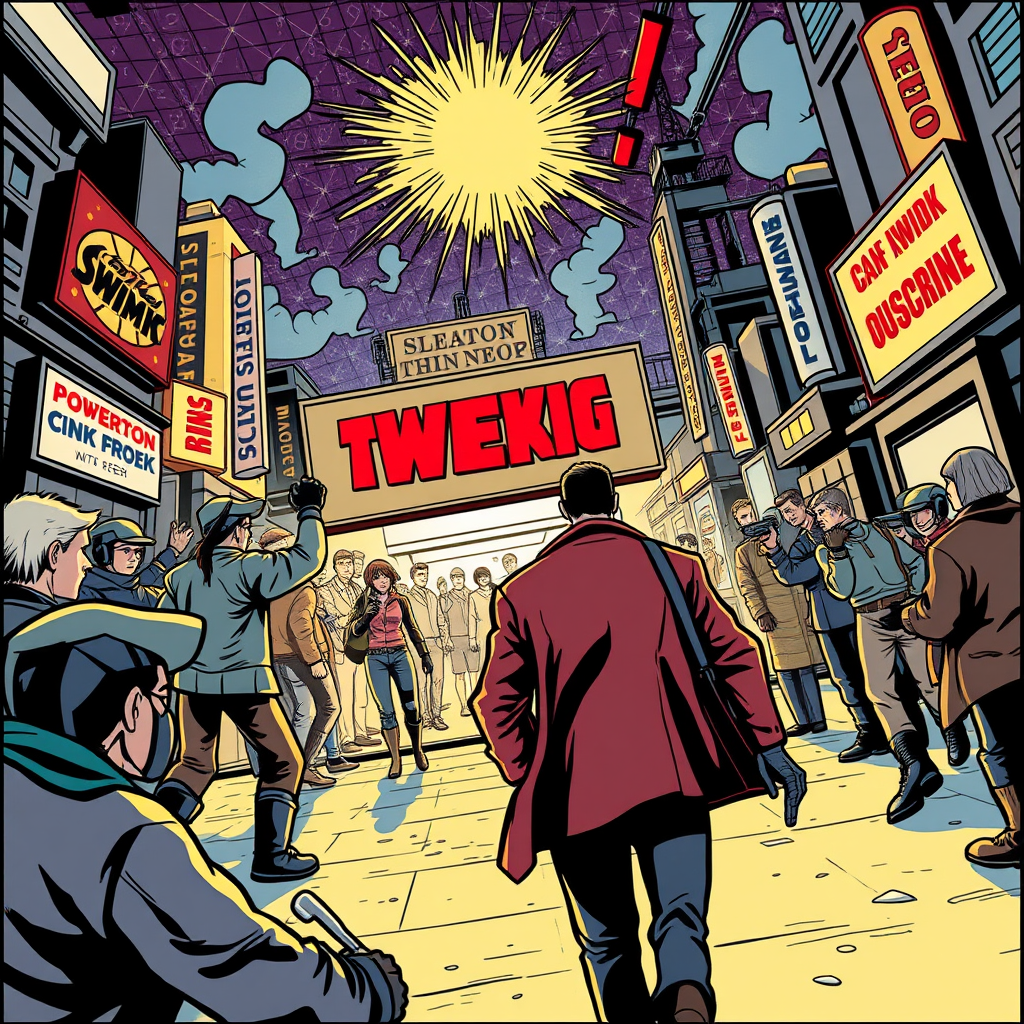
Fear Of Nothing And Confronting The Gigantic Void
[…] the other hand, secular perspectives may emphasize the beauty of creating meaning in a meaningless world. Philosophers like Jean-Paul Sartre and Albert Camus explored how individuals can embrace absurdity […]